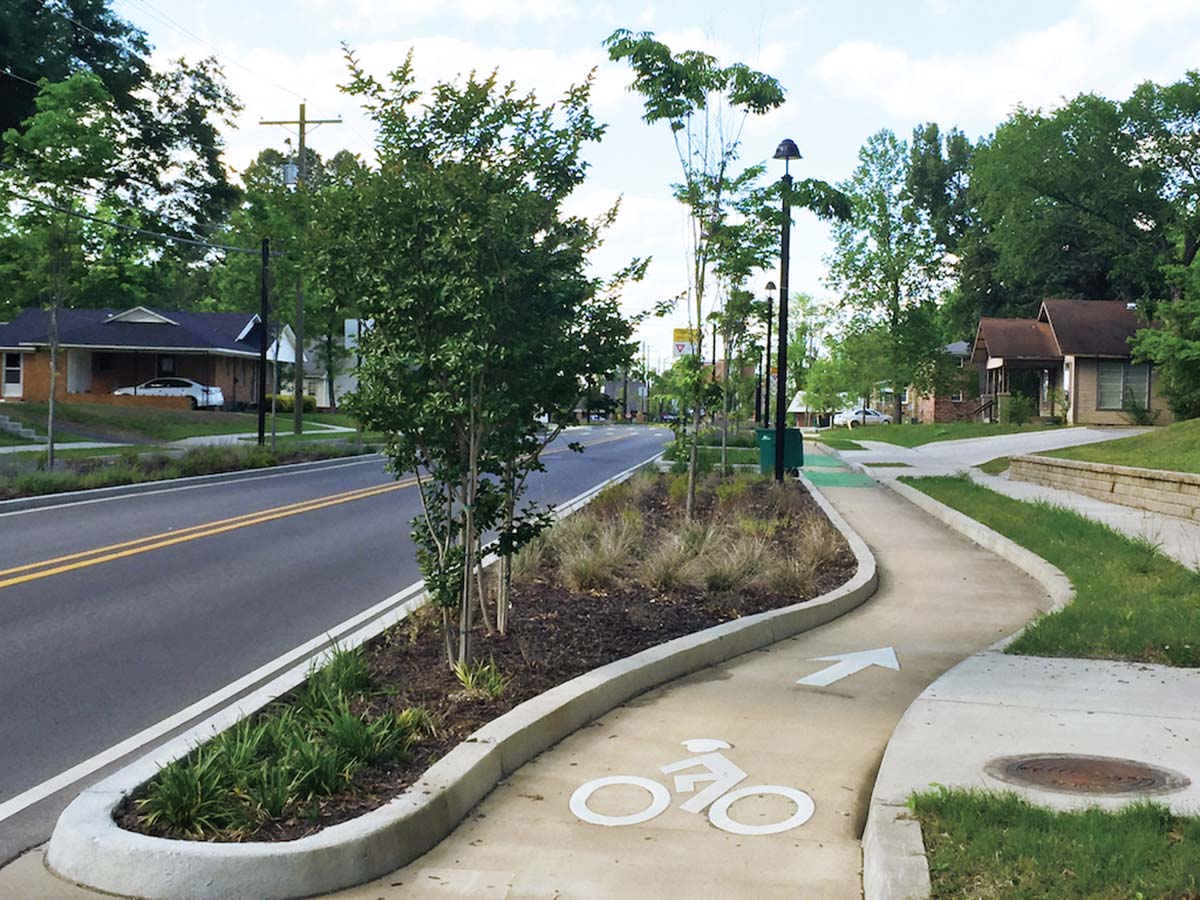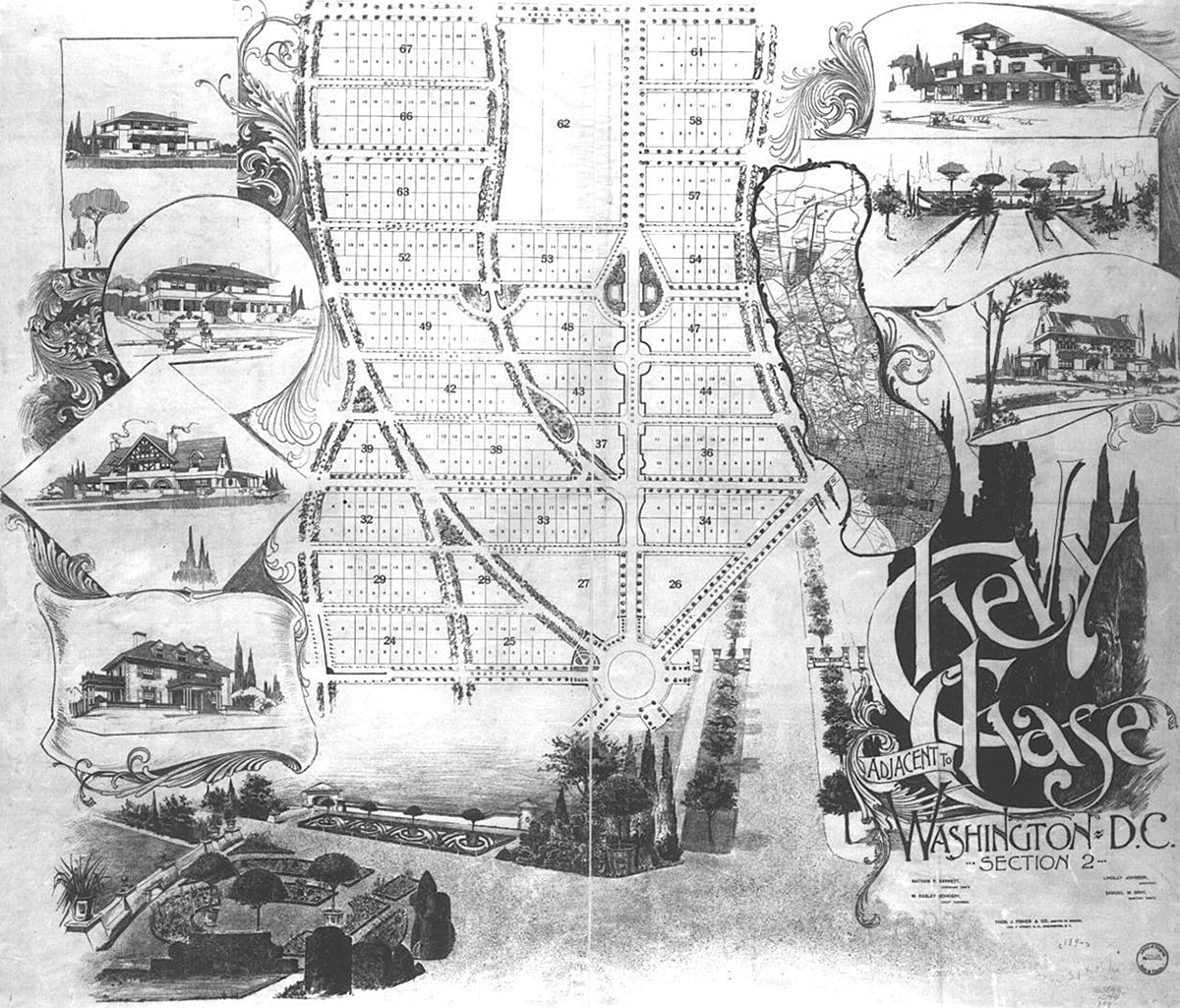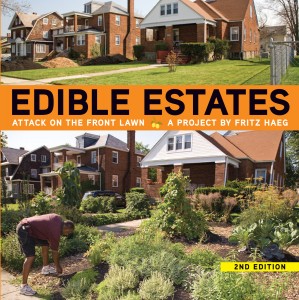
In previous posts, I’ve discussed the economic challenges facing Montgomery County: stagnant wage growth, an aging workforce and increasing poverty. I’ve also highlighted our assets, including high incomes, low unemployment and a highly educated workforce. I’ve pointed out that high housing costs are the result of limited supply and that both businesses and residents of all ages prefer neighborhoods that look and feel “urban,” even if they aren’t located near transit or in major city centers. I hope that I have been successful in showing how and why real estate development is essential to economic development. In particular, the supply of housing (at every price point and including both subsidized/regulated projects and market-rate units) is crucial to attracting and retaining the mix of workers … Continue reading



